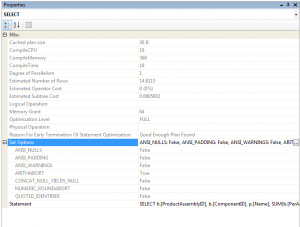SA SQL Usergroup – November
The November meeting of the SQL Usergroup (JHB) will be held on the 28th November (friday).Steve Simon, of State Street Corporation, New York, will be presenting a session titled “DTS 2000 migration to SSIS…makes financial sense !!”
While the migration of DTS 2000 packages to SSIS is relatively efficient utilizing the Package Migration Wizard, mutual fund and other financial packages are often more involved and thus require a bit more hands on effort. This “best practices”, hands-on presentation will show the attendee the practices that we have implemented to convert our existing “far east” packages to run efficiently and effectively within the SQL Server 2005 environment. The discussion will also include ways and means that we have undertaken to reduce as many back end scripts as possible by replacing them with more Control and Data Flow objects.
I don’t have a confirmed venue yet, but it should be the Microsoft office, Bryanston, 18h30. If those details change, I will update this post.
Please leave a comment if you intend attending.

